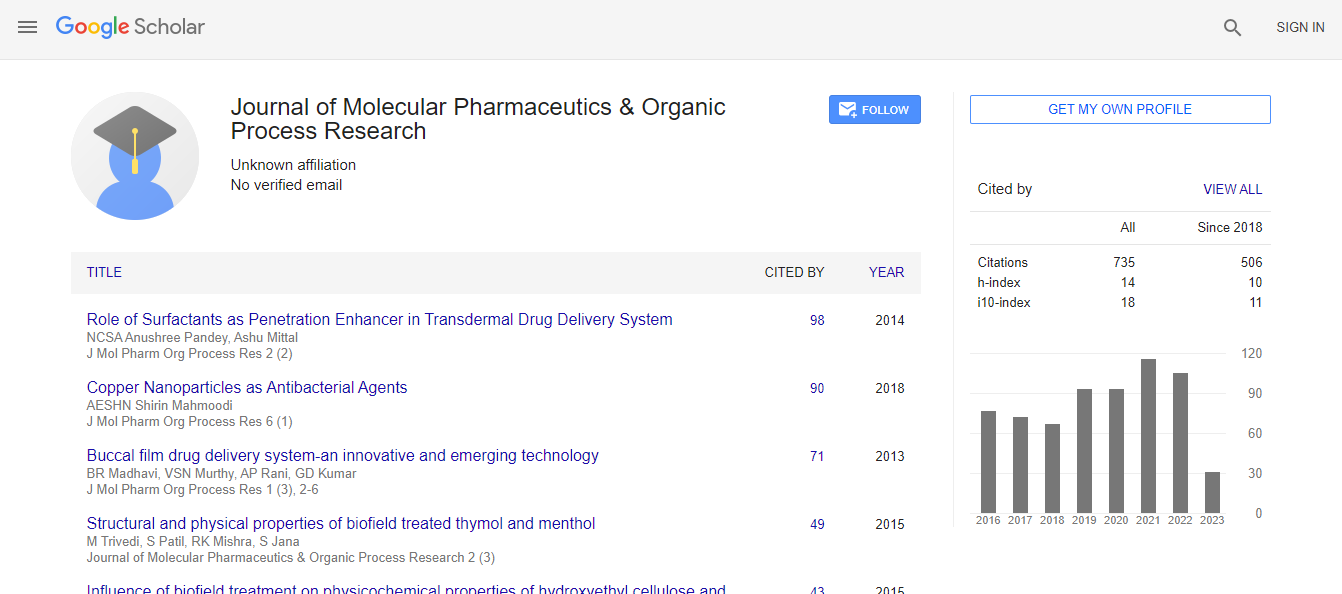Molecular detection of monocyte chemotactic protein-1 polymorphism in spontaneous bacterial peritonitis patients
Abstract
ABSTRACT
To investigate the association of the functional
monocyte chemotactic protein-1 (MCP-1) promoter
polymorphism (A-2518G) with spontaneous bacterial
peritonitis (SBP). Fifty patients with post-hepatitis C
liver cirrhosis and ascites were categorized into two
groups; group I included 25 patients with SBP and
group II included 25 patients free from SBP. In
addition, a gaggle of 20 healthy volunteers were
included. We assessed the MCP-1 gene polymorphism
and organic phenomenon also as interleukin (IL)-10
levels in both blood and ascitic fluid. A significant
MCP-1 gene polymorphism was detected in groups I
and II (P=0.001 and 0.02 respectively). Group i used
to be related to a significantly higher frequency of AG
genotype [control 8 (40%) vs SBP 19 (76.0%), P <
0.001], and group II was related to a significantly
higher frequency of GG genotype in comparison to
healthy volunteers [control 1 (5%) vs cirrhotic 16
(64%), P < 0.001]. Accordingly, the frequency of G
allele was significantly higher in both groups (I and II)
[control 10 (25%) vs SBP 27 (54%), P < 0.001 and vs
cirrhotic 37 (74.0%), P < 0.001, respectively]. The
total blood and ascetic fluid levels of IL-10 and MCP-
1 organic phenomenon were significantly higher in
group I than in group II. Group I showed significant
reductions within the levels of MCP-1 organic
phenomenon and IL-10 within the blood and ascetic
fluid after therapy. MCP-1 GG genotype and G allele
may predispose HCV infected patients to a more
progressive disease course, while AG genotype may
increase the susceptibility to SBP. Patients carrying
these genotypes should be under supervision to stop or
restrict further complications.
Patients with cirrhosis and ascites show higher
susceptibility to bacterial infections, mainly due to the
inadequate defense mechanisms. Factors influencing
the event of spontaneous bacterial peritonitis (SBP) in
patients with liver cirrhosis are poorly understood.
Previous studies have indicated that peritoneal
macrophages of cirrhotic patients might contribute to
the control of SBP or influence its associated pathology
in human cirrhosis by producing high quantities of
angiogenic peptides and nitric oxide. SBP can be caused
by many reasons due to the alterations of the immune
system that are very common in patients with end-stage
liver disease and associated with an increased risk of
infection and death. Consequently, elevated
concentrations of pro-inflammatory cytokines are found
in ascitic fluid of those patients. In addition, hepatitis C
virus (HCV) infection is related to increased hepatic
expression of monocyte chemotactic protein-1 (MCP-1).
MCP-1 acts as a chemotactic factor for
monocytes/macrophages, activated lymphocytes and
neutrophils during infections[; thus, these cells migrate
to the ascitic fluid. Monocytes and macrophages release
TNF-α and other cytokines, which successively induce
the expression of adhesion molecules on endothelial
cells, thereby mediating a systemic reaction to the
infection. TNF-α has been shown to be elevated within
the ascitic fluid of SBP patients, stimulating the
discharge of interleukin-8 (IL-8), growth-related
oncogene-α (GRO-α), and MCP-1 by mononuclear cells
or endothelial cells. This release propagates the
inflammatory reaction. MCP-1 secretion is up-regulated
during chronic hepatitis and correlates with the severity
of hepatic inflammation. Furthermore, a previous study
showed elevated MCP-1 levels in ascitic fluid of
cirrhotic patients with SBP compared to patients without
SBP.
The aim of this work was to review the association of
the functional MCP-1 promoter polymorphism (A-
2518G) with SBP and investigate the expression of
MCP-1 in blood and ascites as well as serum and ascitic
IL-10 levels.
Detection of MCP-1 polymorphism
Genomic DNA was prepared from blood samples using
the Innu PREP blood DNA mini kit (Analytic Jena,
Germany) following the manufacturer’s instructions.
The identification of the polymorphism was carried out
using polymerase chain reaction (PCR), followed by a restriction fragment length polymorphism (RFLP)
assay, using a PvuII site, which is introduced by the
presence of the G nucleotide. The regulatory region of
the MCP-1 gene (from -2746 at -1817) was amplified
by PCR employing a forward primer (5′-
CCGAGATGTTCCCAGCACAG-3′) and a reverse
primer (5′-CTGCTTTGCTTGTGCCTCTT-3′).
PCR was performed in a 40 μL reaction system
containing 10 × buffer (10 mmol/L Tris-HCl pH 9, 2.0
mmol/L MgCl2, 50 mmol/L KCl), 200 μm dNTPs, 2.5
pmole of each primer, 5 μL of DNA, 0.5 U Taq
polymerase (Amersham Pharmacia Biotech,
Piscataway, NJ, USA) and ddH2O. The following
thermal profiles were run: 95 °C for 40 s, 56 °C for 30
s, and 72 °C for 4 min. After a final extension of 10
min at 72 °C, 7 μL of the PCR products were resolved
on 2% agarose gels and stained with ethidium bromide
to see the expected 930-bp band. After visualization, 8
μL of the PCR products were digested with 10 U of
PvuII in 10× buffer and H2O up to a final volume of
20 μL at 37 °C for 2 h. The resulting products were
separated by electrophoresis on 1.5% agarose gels,
containing ethidium bromide at a final concentration
of 0.5 g/mL. Samples showing only a 930-bp band
were assigned as A/A, those showing two bands at
708 and 222 bp were considered G/G and those
showing three bands at 930, 708 and 222 bp were
typed as A/G.
In conclusion, inheritance of MCP-1 GG genotype and
MCP-1 G allele may predispose HCV infected
patients to a more progressive disease course, while
AG genotype could also be a risk factor for SBP in
patients with decompensated post-hepatitis C
cirrhosis. MCP-1 expression and IL-10 levels in blood
and ascitic fluid could also be associated with the
event and therefore the course of SBP. Further
randomized controlled trials with greater sample size
are recommended.
Keywords: Monocyte chemotactic protein-1,
Genotype, Spontaneous bacterial peritonitis, Liver
cirrhosis, Ascites, Gene expression, Interleukin-10

 Spanish
Spanish  Chinese
Chinese  Russian
Russian  German
German  French
French  Japanese
Japanese  Portuguese
Portuguese  Hindi
Hindi 
